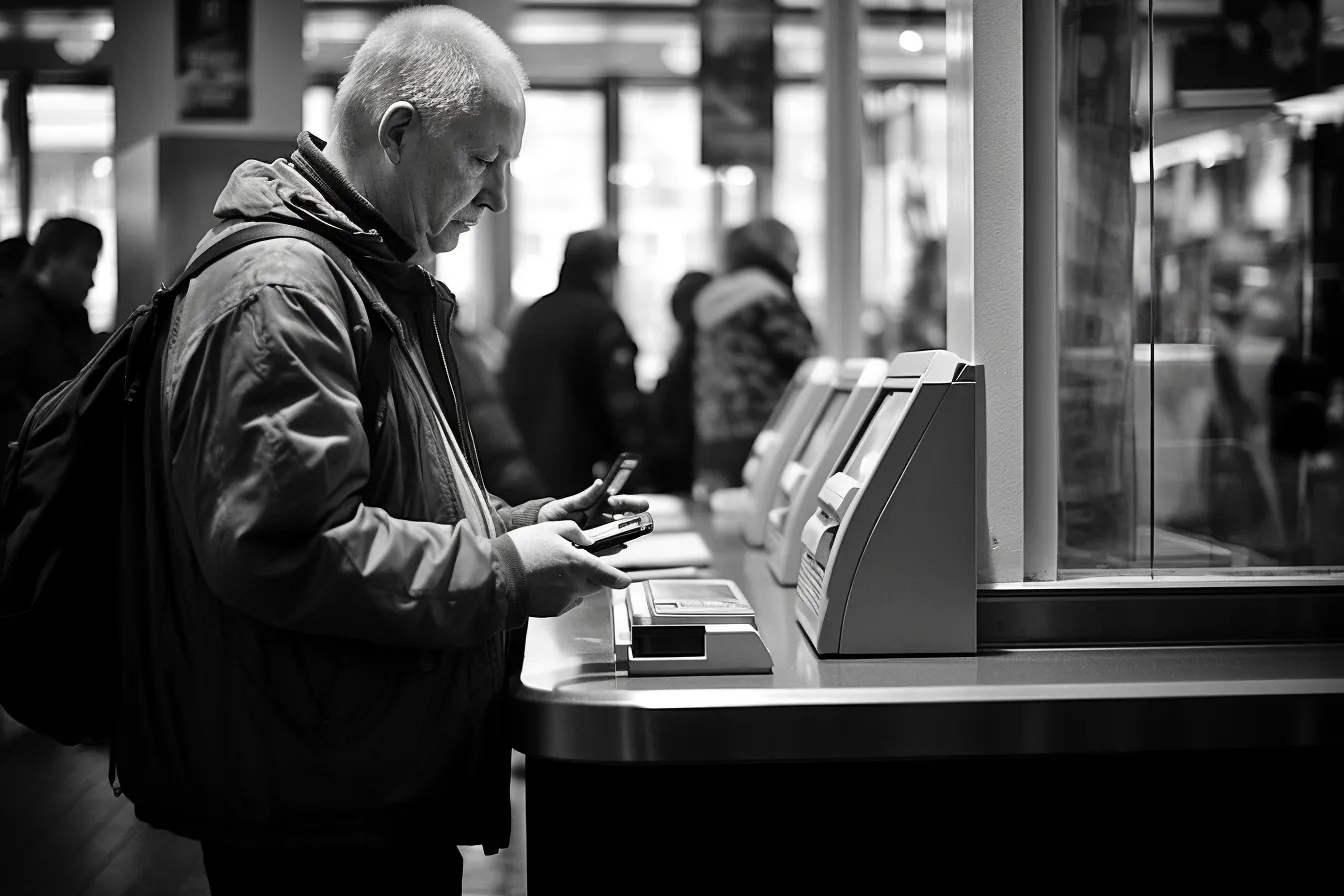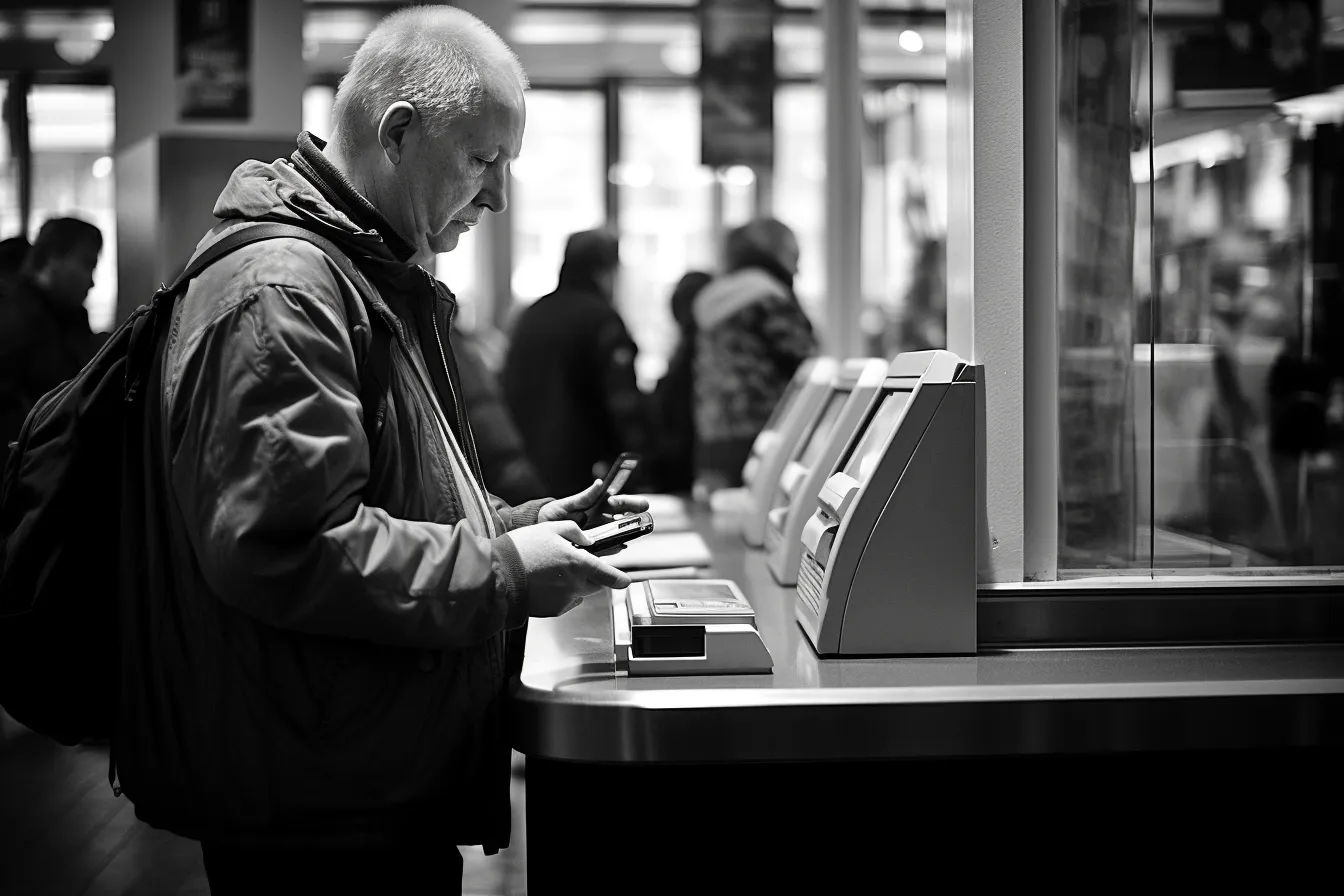The history and future of money transfers
From the days of handwritten checks to the era of digital transactions and instant transfers, the way we move money has come a long way. In this article, we will explore the evolution of money transfers, from the traditional methods to the modern technologies that are revolutionizing the financial industry. Whether you’re curious about the origins of money movement or interested in the latest advancements, we’ve got you covered.
The Early Days: Checks and Bank Drafts
In the not-so-distant past, if you wanted to send money to someone without going through the hassle of carrying bundles of cash, you would write them a check. A check was a piece of paper instructing your bank to pay a specific amount of money to the recipient. It had to be physically transported to the bank, where it would go through a time-consuming process of clearing and settlement before the funds were finally transferred.
Bank drafts were also common in those days, especially for larger transactions. A bank draft was similar to a check, but it was issued by the bank rather than an individual. These drafts were considered more secure since they were drawn on the bank’s own funds.
Wire Transfers: The Age of Speed and Efficiency
As technology advanced, so did the methods of money transfer. The introduction of wire transfers revolutionized the financial industry, providing a faster and more convenient way to move funds. With wire transfers, individuals and businesses could electronically send money from one bank account to another, eliminating the need for physical checks or drafts.
Wire transfers functioned by transmitting payment instructions through a secure network, typically using SWIFT (Society for Worldwide Interbank Financial Telecommunication) or other similar systems. Although quicker than traditional methods, wire transfers still had their limitations, such as high fees and the requirement of specific bank information from both the sender and receiver.
The Digital Era: Online Banking and E-Wallets
With the rise of the internet, online banking became mainstream, transforming the way we manage our finances. Online banking platforms allowed users to transfer money between accounts with just a few clicks, eliminating the need for physical paperwork or visiting a bank branch.
E-wallets emerged as another revolutionary development, offering users a convenient way to store and transfer funds digitally. Companies like PayPal, Venmo, and Skrill provided users with the ability to link their bank accounts or credit cards to their e-wallets, allowing for seamless money transfers to other individuals or businesses.
The Rise of Instant Transfers
As technology continues to advance at an unprecedented pace, the financial industry has witnessed the emergence of instant transfers. Instant transfers enable individuals to send and receive money in real-time, eliminating the delays associated with traditional methods.
Various digital payment platforms now offer instant transfer services, allowing users to send funds to other users instantly using just their email address or phone number. These transfers are facilitated through partnerships between banks and payment providers, leveraging the advantages of real-time payment processing systems.
The Future: Cryptocurrencies and Blockchain Technology
Looking ahead, cryptocurrencies like Bitcoin and blockchain technology have the potential to further revolutionize money transfers. Blockchain, a decentralized and transparent ledger system, can provide secure and efficient transactions, reducing the need for intermediaries and streamlining the process.
With cryptocurrencies, individuals can transfer funds directly to others without the involvement of banks or other financial institutions. This peer-to-peer transfer system offers faster and cheaper transactions on a global scale.
As we reflect on the evolution of money transfers, it’s clear that we’ve come a long way. From the initial reliance on physical checks and bank drafts to the era of instant transfers and digital currencies, the way we move money has become faster, more convenient, and more secure. The future holds even more potential, as advancements in technology continue to reshape our financial landscape.







